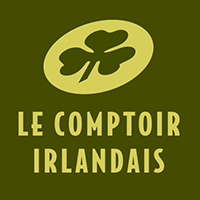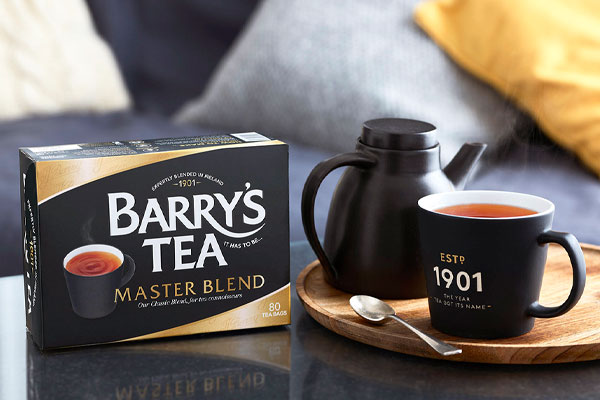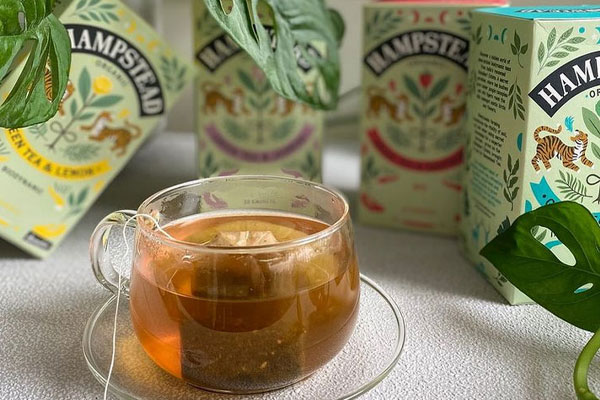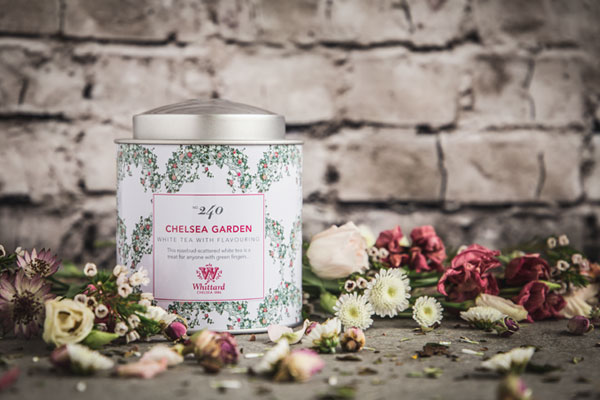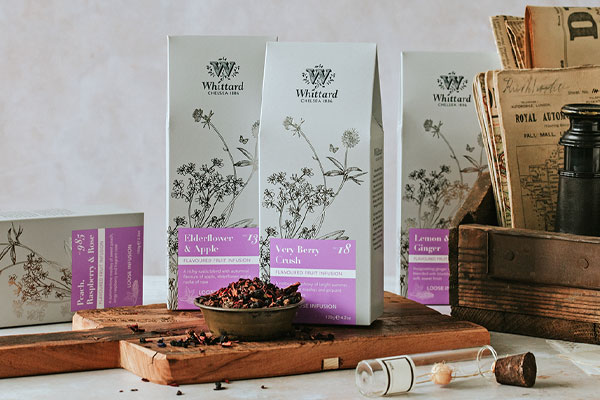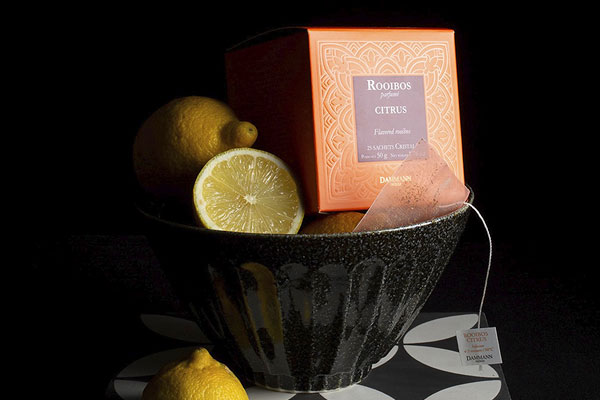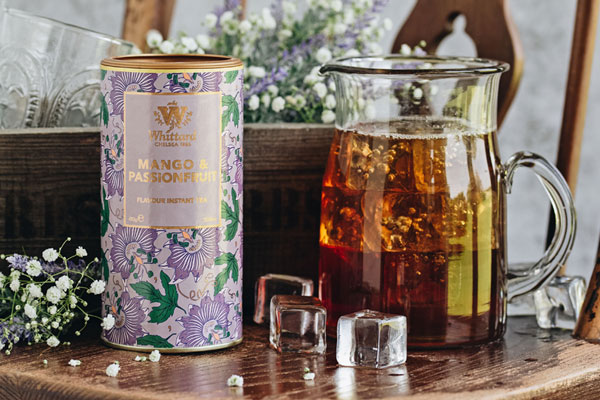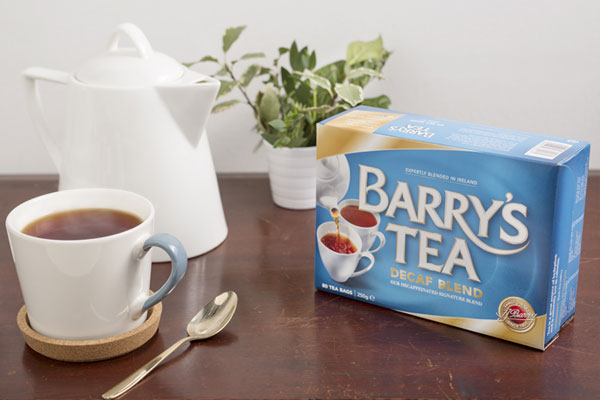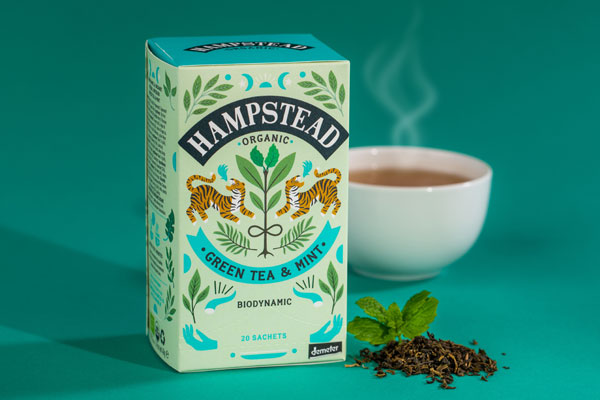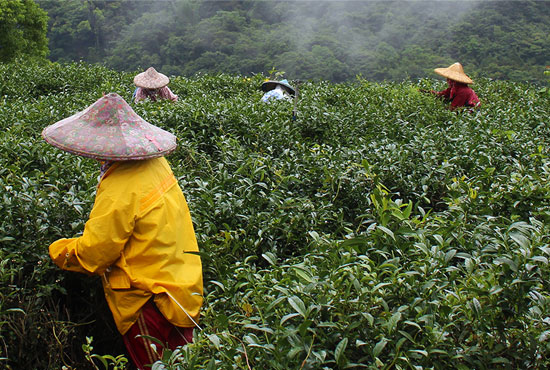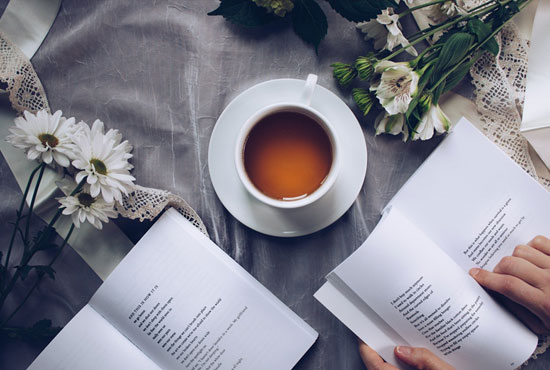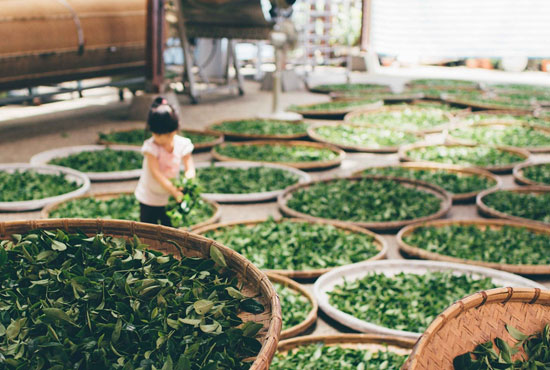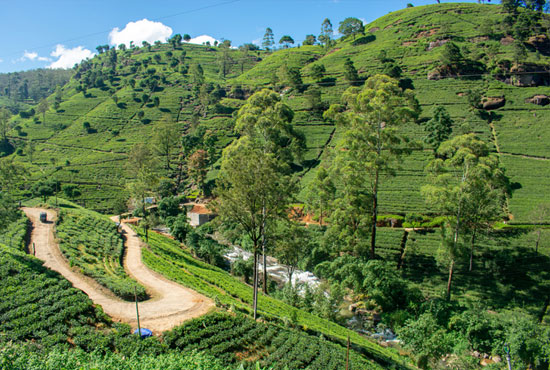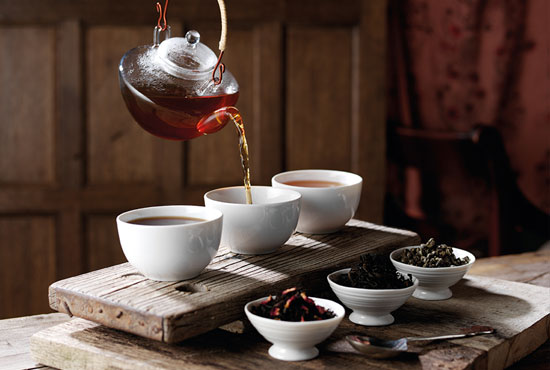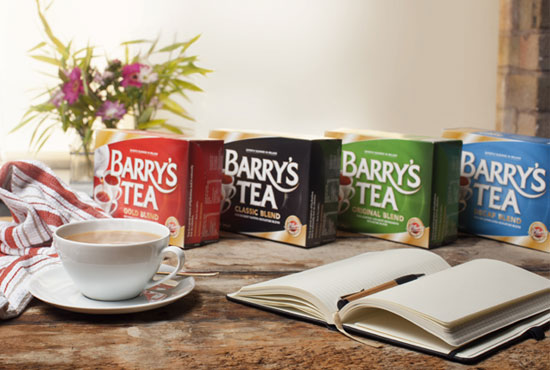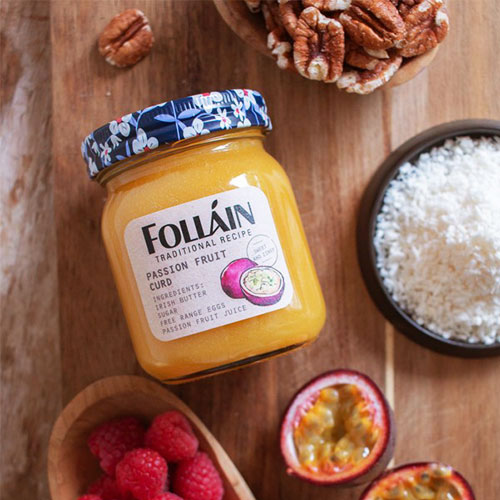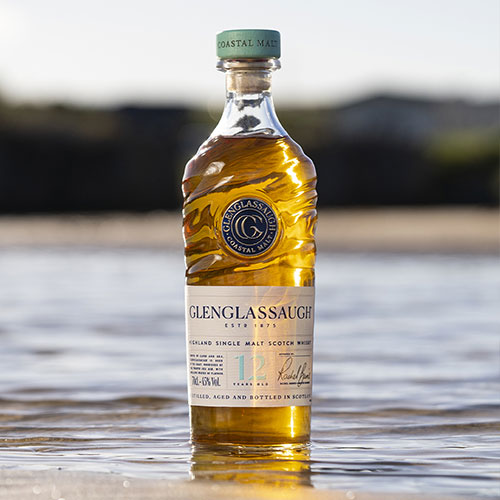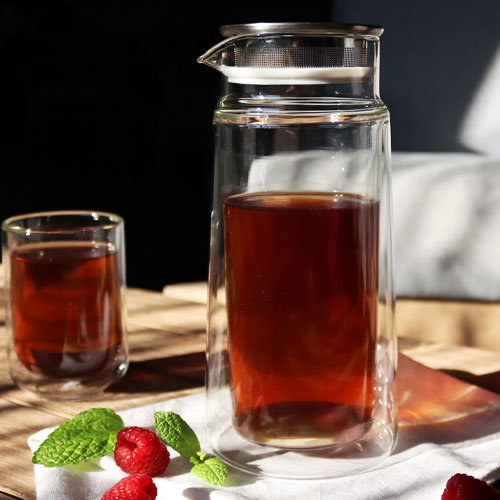THE DIFFERENT TYPES OF TEA

What are the differences between black tea, green tea, white tea and rooibos?
Black tea
Plain black teas are distinguished from each other by their origin and their rich taste. The quality of the leaf as well as its appearance (whole leaf, broken leaf, crushed leaf) also contribute to the taste and balance of the drink. They can also be flavoured.
- Breakfast: The Breakfast tea is a "so British" black tea. It is above all a blend of black teas, with full-bodied and structured notes, the success of which depends on the choice of the different teas that compose it.
- Darjeeling: The Darjeeling tea is considered the most popular black tea. It comes from Darjeeling and its region in West Bengal, India.
- Afternoon: The Afternoon teas are blends of black teas that are best enjoyed during the traditional Tea Time.
Green tea
Non-fermented teas which still undergo a transformation: the leaves are exposed to high heat to destroy the enzymes that could trigger fermentation. Mainly produced and consumed in China and Japan, this tea is known for its antioxidant properties and its vitamin C. Very refreshing, it presents a liquor with vegetable scents. Some examples of green teas: gunpowder, yunnan, sencha ...
White tea
It is the tea that endures the least processing and is mainly harvested in China. The picking of this tea is very careful and aims to harvest the terminal buds and young shoots for a very short time. It is a refreshing and very fine tea, rich in polyphenols, antioxidants and vitamins. Some examples of white teas: yin zhen, bai mu dan…
Herbal tea
Herbal teas, from the infusion family, are hot drinks obtained by infusing aromatic plants.
They are often flavoured not with fruits but with other aromatic plants, spices or other flavours.
Does not contain theine.
Rooibos
Rooibos is native to South Africa, it comes from a shrub in the acacia family that can reach 1.5m tall. Cultivated in the Cederberg region (north of the city of Cap), this shrub is harvested in the summer season. The leaves and branches are cut, chopped, crushed and placed in a pile directly on the ground. These piles are then moistened to allow fermentation of the rooibos. This key step gives the rooibos its full flavour and bright red colour, it also allows the rooibos to increase its quercetol (antioxidant) content. Finally, the rooibos is dried in the sun and then sieved to remove all impurities.
Hot or cold, rooibos has been used for centuries in South Africa to quench thirst. This national drink is drunk with milk and / or sugar. More and more consumed in Western countries and especially in France since the 1990s, this trendy drink is accompanied by fruits (orange, grapefruit, lemon, red fruits ...) or spices (ginger, cinnamon ...).
Its recent popularity continues to grow, carried on social media for the natural and healthy benefits of rooibos. In addition to being low in tannins, this sweeter and more fruity drink is rich in mineral salts and trace elements: copper, calcium, magnesium, potassium, sodium, zinc and also iron.
Instant tea
With tea extract, cane sugar and natural flavours, instant tea is quick and easy to prepare. Originally, the Whittard of Chelsea brand drew inspiration from traditional Turkish apple tea to make their delicious-flavoured snapshots. They can be enjoyed hot or frozen. To each their own fragrance!
Decaffeinated tea
Decaffeinated tea only means that the tea is decaffeinated. This is important for people who are sensitive to caffeine or who wish to drink tea before bed. It is important to note that decaffeinated tea may still contain very little caffeine depending on the caffeine content because decaffeinated tea contains caffeine which is subsequently removed.
The biggest advantage of decaffeinated tea is that you can consume it any time of the day. Even if it is consumed in large quantities, you don't have to worry about irritability or insomnia.
Organic tea
Le Comptoir Irlandais is developing its range of organic products, in particular its range of teas, infusions and rooibos from organic farming.
This certification guarantees that the tea is composed of at least 95% of ingredients derived from an organic production method and that it does not contain GMOs, or more rarely tiny traces.
Our organic tea and infusions >
Black tea or green tea ?
If their names are different, the two types of teas come from the same plant: only their preparation is different. By changing the drying method, the nutritional benefits are changed.
Black tea is cooked, oxidized, which gives it that dark colour and taste. More theine loaded than other types of teas, because it brews for longer, it provides coffee-like energy without the negative repercussions of the latter.
Green tea is just dried, so its green colour is preserved. It contains more polyphenols than black tea due to the difference in processing.
Flavoured or fragrant tea?
Whether green, black or white, tea can be flavoured and scented. And these two terms do not mean the same thing.
The flavours present in flavoured teas are generally natural flavours. These are obtained by extracting odorous substances present in spices, citrus fruits or flowers in the form of essential oils, extracts or concentrates.
The term scented tea is used when there is an addition of ingredients such as flower petals or pistils. The use of flavouring tea dates back to the years 960-1279. The most widely used perfumes are rose, magnolia, jasmine. Later appeared the dried fruits, spices and herbs.
